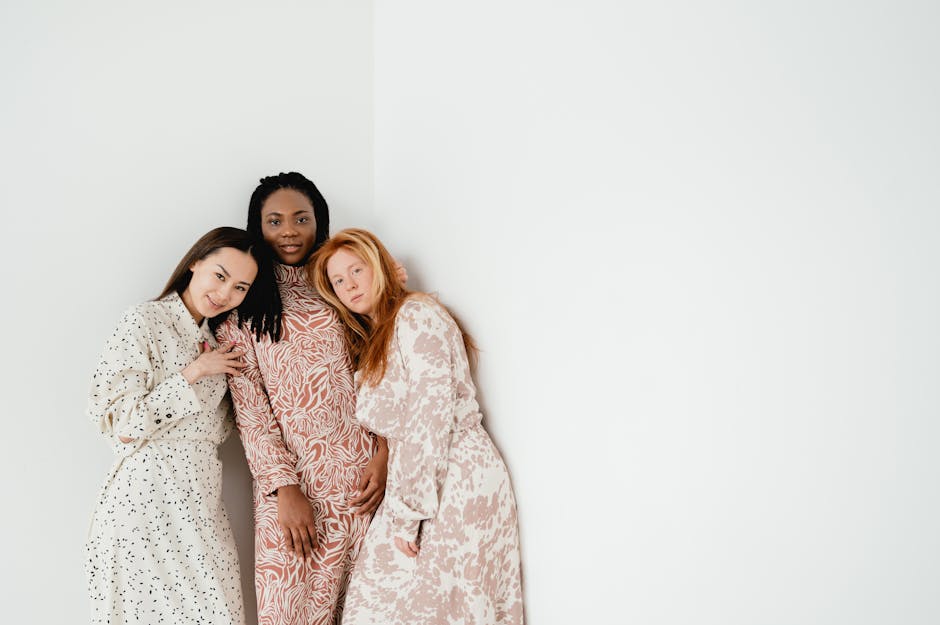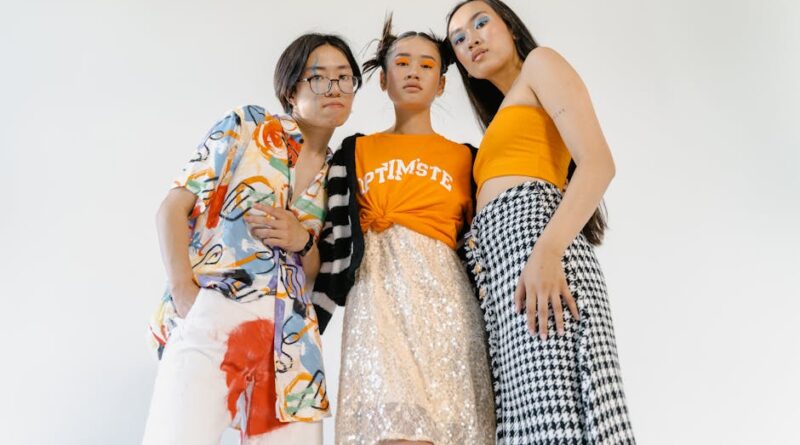Inclusive Societal Trends: Navigating the Path to a More Equitable Future
As we continue to progress into the 21st century, our society is undergoing a significant transformation towards inclusivity. From advancements in technology to shifting cultural norms, the landscape of our world is evolving to embrace diversity and promote equality. Inclusive societal trends are not just a passing fad; they represent a fundamental shift in how we perceive and interact with the world around us. In this article, we will delve deep into the various facets of inclusive societal trends, exploring their origins, current manifestations, and future implications.
Understanding Inclusive Societal Trends

By cottonbro studio via Pexels
At its core, inclusive societal trends encompass a wide range of movements, policies, and cultural shifts that aim to create a more equitable and welcoming environment for all individuals, regardless of their background, identity, or beliefs. This includes initiatives to promote diversity in the workplace, efforts to combat systemic inequalities, and campaigns to raise awareness about social justice issues. Inclusive societal trends are not limited to any one sector; they permeate through all aspects of society, from education and healthcare to politics and media.
The Evolution of Inclusivity
The concept of inclusivity is not a new phenomenon; throughout history, marginalized communities have fought for their rights and recognition. From the civil rights movements of the 1960s to the LGBTQ+ advocacy of recent years, the push for inclusivity has been an ongoing struggle. However, in the digital age, the conversation around inclusivity has gained new momentum, fueled by social media, online activism, and increased global connectivity. As a result, inclusivity has become a central theme in many discussions surrounding social change and progress.
Inclusive Design and Accessibility
One key aspect of inclusive societal trends is the focus on inclusive design and accessibility. Inclusive design refers to the practice of creating products, services, and environments that are accessible to all individuals, regardless of their abilities or disabilities. This can include features such as wheelchair ramps, braille signage, and closed captioning on videos. By incorporating inclusive design principles into our everyday lives, we can ensure that everyone has equal access to the resources and opportunities they need to thrive.

By Anna Shvets via Pexels
Diversity and Representation in Media
Another important aspect of inclusive societal trends is the push for diversity and representation in media. For too long, mainstream media has been dominated by a narrow range of voices and perspectives, excluding marginalized communities from the conversation. However, in recent years, there has been a concerted effort to amplify diverse voices and stories, from movies and television shows to advertising campaigns and social media influencers. By increasing representation in media, we can challenge stereotypes, break down barriers, and foster a more inclusive society.
Intersectionality and Inclusivity
Intersectionality is a key concept in the realm of inclusive societal trends, referring to the interconnected nature of social identities such as race, gender, class, and sexuality. Understanding intersectionality is essential for creating truly inclusive spaces, as it allows us to recognize the unique experiences and challenges faced by individuals who belong to multiple marginalized groups. By adopting an intersectional approach to inclusivity, we can ensure that our efforts are comprehensive and equitable, addressing the needs of all individuals, not just a select few.
Challenges and Controversies
While inclusive societal trends have made significant strides in recent years, there are still many challenges and controversies that must be addressed. One of the main challenges is resistance from individuals and institutions that are resistant to change or uncomfortable with the idea of inclusivity. This can manifest in the form of discrimination, backlash, or even violence against marginalized communities. Additionally, there are ongoing debates about the best strategies for promoting inclusivity, with some arguing for a more radical approach while others advocate for incremental change.
The Role of Education in Promoting Inclusivity
Education plays a crucial role in shaping attitudes and behaviors towards inclusivity. By integrating inclusive practices into school curriculums, educators can help students develop empathy, critical thinking skills, and a deeper understanding of diversity. This can create a ripple effect that extends beyond the classroom, influencing how young people interact with the world around them and shaping their values and beliefs for years to come. Inclusive education is not just about teaching tolerance; it’s about fostering a culture of respect, acceptance, and appreciation for all individuals.
Building Inclusive Communities
Creating inclusive communities requires a concerted effort from all sectors of society, from government and businesses to grassroots organizations and individuals. By working together to dismantle systemic inequalities, challenge harmful stereotypes, and promote diversity, we can build a more equitable and welcoming society for all. This involves listening to marginalized voices, advocating for policy changes, and actively confronting discrimination wherever it occurs. Inclusive communities are not built overnight; they require sustained commitment and dedication from all members of society.

By SHVETS production via Pexels
Conclusion: Embracing a Future of Inclusivity
In conclusion, inclusive societal trends represent a powerful force for positive change in our world. By embracing diversity, promoting equality, and challenging injustice, we can create a more inclusive society that values and uplifts all individuals. As we continue to navigate the complexities of inclusivity, it’s important to remember that progress is not always linear. There will be setbacks, challenges, and obstacles along the way, but by staying committed to our shared goal of inclusivity, we can create a better future for generations to come. Together, we can build a world where everyone is seen, heard, and valued for who they are.
To wrap things up, inclusivity is not just a trend; it’s a movement. It’s a call to action for all of us to stand up for what is right, to advocate for those who have been silenced, and to create a world where everyone has the opportunity to thrive. Let’s embrace inclusivity, celebrate diversity, and work towards a future where all individuals are treated with dignity and respect.




